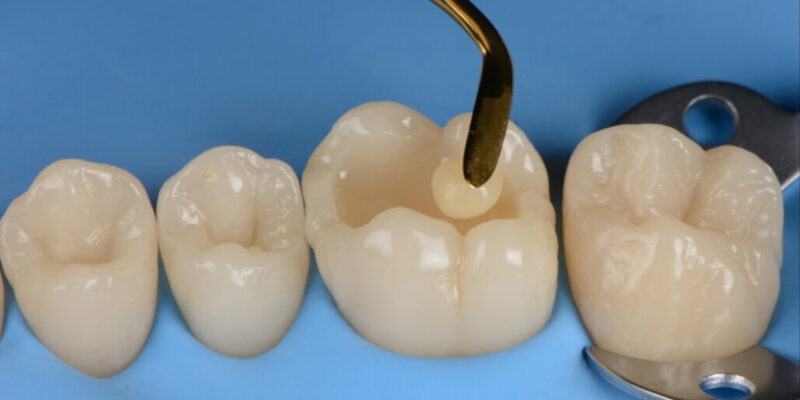Keywords Biomimetic , Dentistry
Introduction
Biomimetic dentistry represents a paradigm shift in the field of restorative dentistry. This approach emphasizes the preservation of natural tooth structure and the replication of its biomechanical and esthetic properties. By mimicking nature, biomimetic dentistry offers patients more conservative and durable treatments, reducing the need for invasive procedures like crowns and root canals. This essay delves into the principles, techniques, advantages, and future prospects of biomimetic dentistry.
Principles of Biomimetic Dentistry
Minimal Intervention: The cornerstone of biomimetic dentistry is minimal intervention. Dentists aim to remove only the damaged or decayed portions of a tooth while preserving as much healthy tissue as possible. This stands in stark contrast to traditional dentistry, which often involves extensive tooth reduction for crown placement.
Biomimetic Materials: Biomimetic dentists use materials that closely mimic the natural properties of teeth, such as resin composites. These materials possess the same degree of elasticity and translucency as natural enamel, ensuring seamless integration and strength.
Stress Distribution: Biomimetic restorations focus on even stress distribution across the tooth surface. This prevents microfractures and ensures long-term durability.
Techniques in Biomimetic Dentistry
Adhesive Bonding: Biomimetic dentistry heavily relies on adhesive bonding. Dentists use adhesive agents to bond restorative materials to the tooth, creating a strong and long-lasting connection.
Layering Techniques: Biomimetic restorations often involve layering different materials to mimic the natural tooth’s appearance. This includes replicating enamel and dentin layers for a lifelike result.
Conservative Preparations: Dentists perform minimal preparations, removing only the damaged tissue, preserving healthy tooth structure and avoiding unnecessary crown placement.
Advantages of Biomimetic Dentistry
Preservation of Natural Teeth: Biomimetic dentistry preserves the integrity of natural teeth, reducing the need for invasive treatments like crowns and root canals.
Improved Aesthetics: Biomimetic restorations closely resemble natural teeth, enhancing the patient’s smile and self-confidence.
Durability: Biomimetic restorations exhibit excellent long-term durability, reducing the likelihood of future dental complications.
Reduced Sensitivity: By preserving tooth structure and minimizing trauma, biomimetic dentistry often results in less post-operative sensitivity.
Biocompatibility: Biomimetic materials are biocompatible, reducing the risk of allergic reactions or adverse responses.
Future Prospects
The future of biomimetic dentistry holds significant promise. Ongoing research is focused on developing even more advanced biomaterials that can closely replicate the natural properties of teeth. Additionally, technological advancements in imaging and CAD/CAM (Computer-Aided Design and Computer-Aided Manufacturing) systems will further enhance the precision and efficiency of biomimetic procedures.
Conclusion
Biomimetic dentistry represents a revolutionary approach to restorative dentistry. Its emphasis on minimal intervention, biomimetic materials, and conservative techniques benefits both patients and practitioners. By preserving natural tooth structure and replicating its biomechanical and esthetic properties, biomimetic dentistry offers durable, esthetically pleasing, and minimally invasive solutions. As ongoing research continues to refine this field, it is likely to become the standard of care in restorative dentistry, providing patients with the highest quality and most natural-looking dental treatments.





















Comments